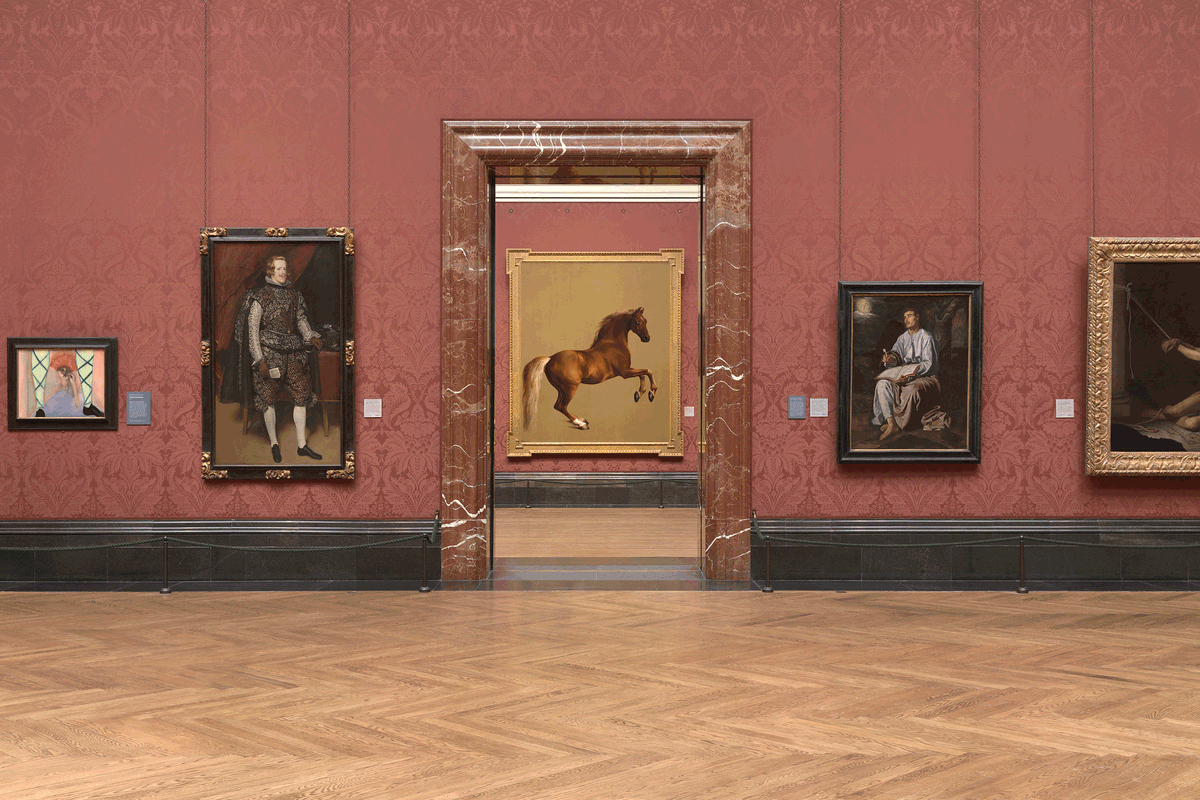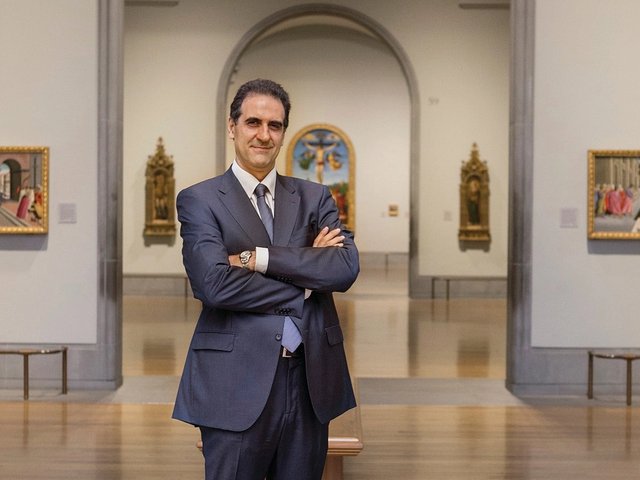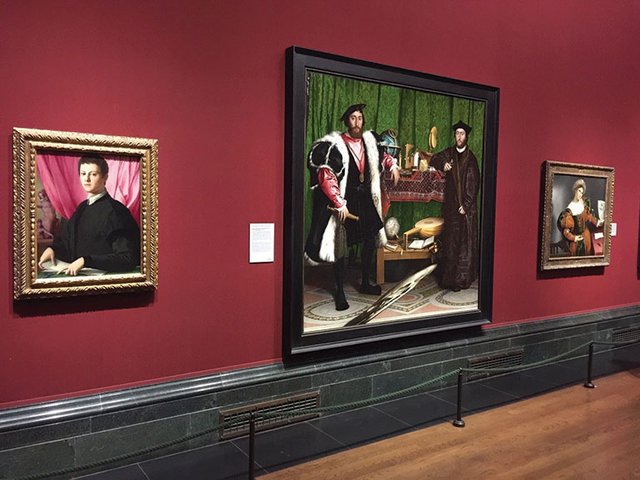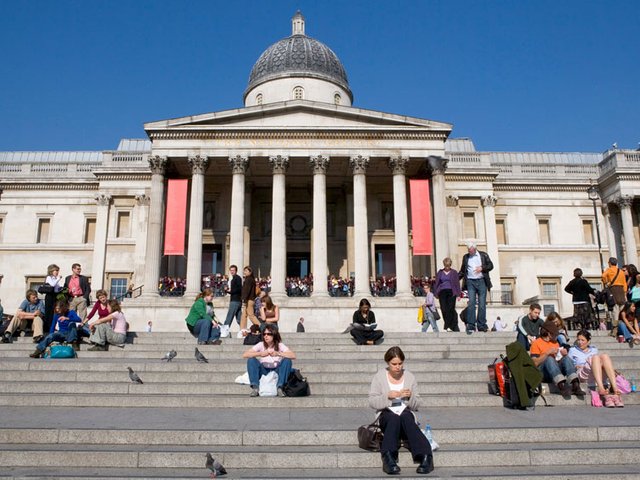The redisplay of the National Gallery collection, which will be revealed to the world in May 2025 with the reopening of the Sainsbury Wing as the main entrance, is the most thorough that anyone at the museum can remember.
“We are decanting everything and rehanging everywhere,” says Christine Riding, the museum’s director of collections and research, “so that’s 65 galleries on the main floor [17 of those in the Sainsbury Wing]. It’s a huge undertaking.” Riding is taking a lead role in a large team planning the fresh hang of what is acknowledged to be the finest collection of its type—for the breadth and depth of the story it tells of Western painting up to 1900. The redisplay is far more substantial than that occasioned by the opening in 1991 of the Sainsbury Wing. “There were a lot of things that were already moving around” 33 years ago, Riding says. The closure of the Sainsbury Wing in 2022, to allow building work to begin, and the decanting of the paintings housed in it, seemed to her like a chance to “really rethink the collection”.
“This is the curatorial team working collaboratively together across the entire site”Christine Riding, director of collections and research, National Gallery
“It’s also elicited quite a change in culture, particularly for the curatorial department,” Riding says, “because curators had tended to think about their areas of the collection and their displays, but this is the curatorial team working collaboratively together across the entire site. So, we are rethinking the collection and the way it’s presented but also the architecture and the spaces suggesting certain ways of displaying works of art. We’re also using design, upgrading galleries.” The rehang team is working with a lighting designer “across the entire site”, she says. Floors will be sanded and revarnished. All the painted surfaces will be redecorated, to a colour scheme. “If you’re going to put that much effort into representing this wonderful collection, then the environment it sits within has to be as good as we can make it,” she says, adding that every gallery will have an introductory panel with standardised language. There will also be information about the galleries, and who designed them. “We actually talk about the built environment and the architecture and the design of the National Gallery as well as the displays,” Riding says.
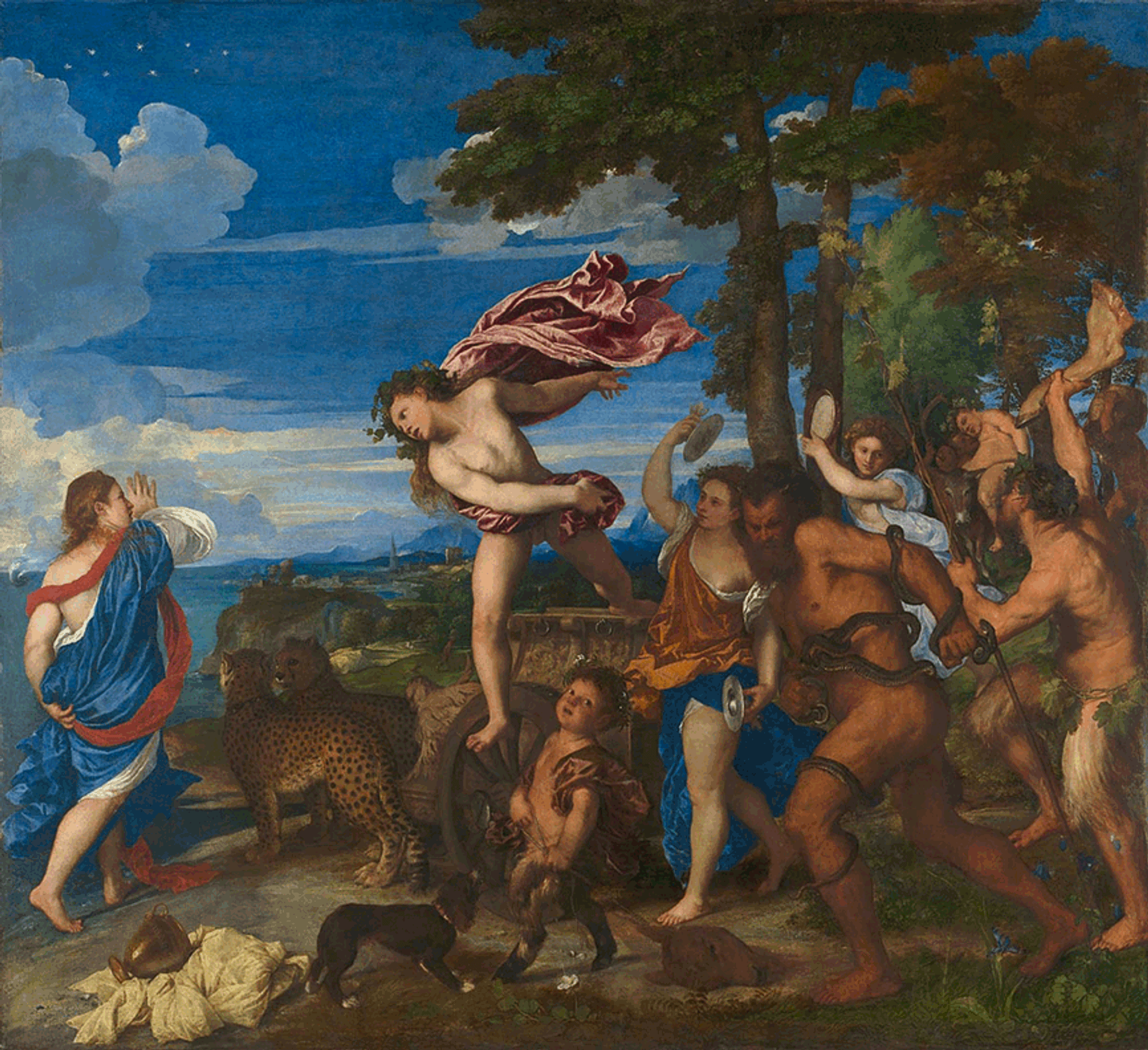
Some rooms will be dedicated to demonstrating the strength of the National Gallery's holdings of single artists, including Titian (Bacchus and Ariadne, 1520-23)
The National Gallery, London
“We’ll be showing about 400 artists, and over a thousand works of art; we normally show 750. We’re already up to 1,100, and haven’t stopped yet,” she says, noting that this is getting on for half of the gallery’s collection of about 2,400 paintings and counting.
The work on the rehang starts in August. The gallery space has been subdivided into eight spaces, which will be shut in rotation. Each zone will have its hang decanted before being deep cleaned, redecorated, relit and the new hang installed. “And then, towards the end, in the spring of 2025,” Riding says, the team “will go straight through the collection, putting in the new interpretation... So people will be able to wander around some areas of the new hang for weeks or months but they won’t have the new interpretation, and they won’t have [some outstanding] loans [which return in Spring 2025].”
The main chronological hang will remain. In the Sainsbury Wing, the rich holdings of Italian Renaissance paintings will hang with Northern Renaissance, as before. The central basilica-like enfilade of the wing will house big altarpieces, with smaller, secular paintings in the adjoining enfilades, which Riding likens to the rambling rooms of the Ducal Palace in Mantua, Italy. Piero della Francesca’s The Baptism of Christ (around 1437–45) will go back to the “chapel” gallery designed for it in 1991. Paintings that have been part of a large programme of restoration over the past three years—including Uccello’s The Battle of San Romano (around 1438-40)—will also return to display. In the main Wilkins building, George Stubbs’s Whistlejacket (around 1762) and The Mond Crucifixion (1502-03) by Raphael will retain their positions at either end of the long enfilade.
There will be places in the redisplay where rooms engage with a single artist. “While we’re a very balanced collection—a strength and a very significant characteristic of the collection—we do have great depth in certain areas,” says Gabriele Finaldi, the National Gallery’s director. He cites two artists in particular. “We will devote a room to Titian,” for whom the gallery holds 15 autograph works, and three workshop paintings, “and a room to Claude Monet,” whose 17 paintings in the collection are at present spread across two rooms, with five not on display.

Claude Monet's The Thames below Westminster (around 1871)
The National Gallery, London
The redisplay will also, Finaldi says, “look at the artists of the past through the prism of artists who have come later. That’s been embedded in the National Gallery ever since Turner made the requirement that two of his great landscapes should be perpetually shown with two great Claude [Lorrain] landscapes from a century-and-a-half earlier. So, Turner has given us licence to do some quite interesting things with the collection. We look at Turner through the lens of Claude, but Turner has affected the way that we look at Claude as well. That is one of the elements that will inform the new displays.”
Themed rooms and juxtapositions
There will be themed rooms, inspired by the recent success of using the central hall of the main building to hang full-length portraits in the grand manner, from Giovanni Battista Moroni to John Singer Sargent. One of these will be a room of still-life paintings. There will also be a room where William Hogarth’s The Shrimp Girl (around 1740–45) will engage with other oil sketches; a room on pastels; and one on early gold ground paintings. Riding also promises “a lovely standoff between triptychs of Constable and Turner”, while Finaldi says that the gallery’s holdings of Canaletto will be part of an exciting new display.
“There will be much more attention to the architecture,” Riding says, including grand double-height spaces. “They’re salon spaces and that’s how they were displayed in the 19th century,” she says, with “small intimate cabinet spaces hanging accordingly”. More space will be given to the post-1800 collections. There will also be more emphasis, Riding says, on “artists owning works by other artists. We’ve got two works owned by Reynolds,” as well as Titian’s The Vendramin Family (around 1540-45), bought by Anthony Van Dyck in 1636. “A really important context for the National Gallery,” Riding says, “is that artists are proactive, in terms of defining taste. And the first six directors of the National Gallery were artists.” In the collection is Corot’s sequence The Four Times of Day (around 1858), which was owned by Lord Leighton—”an artist who’s a tremendously important figure for the National Gallery”, Riding says—who juxtaposed them with sketches by Constable. The gallery has acquired all these works.
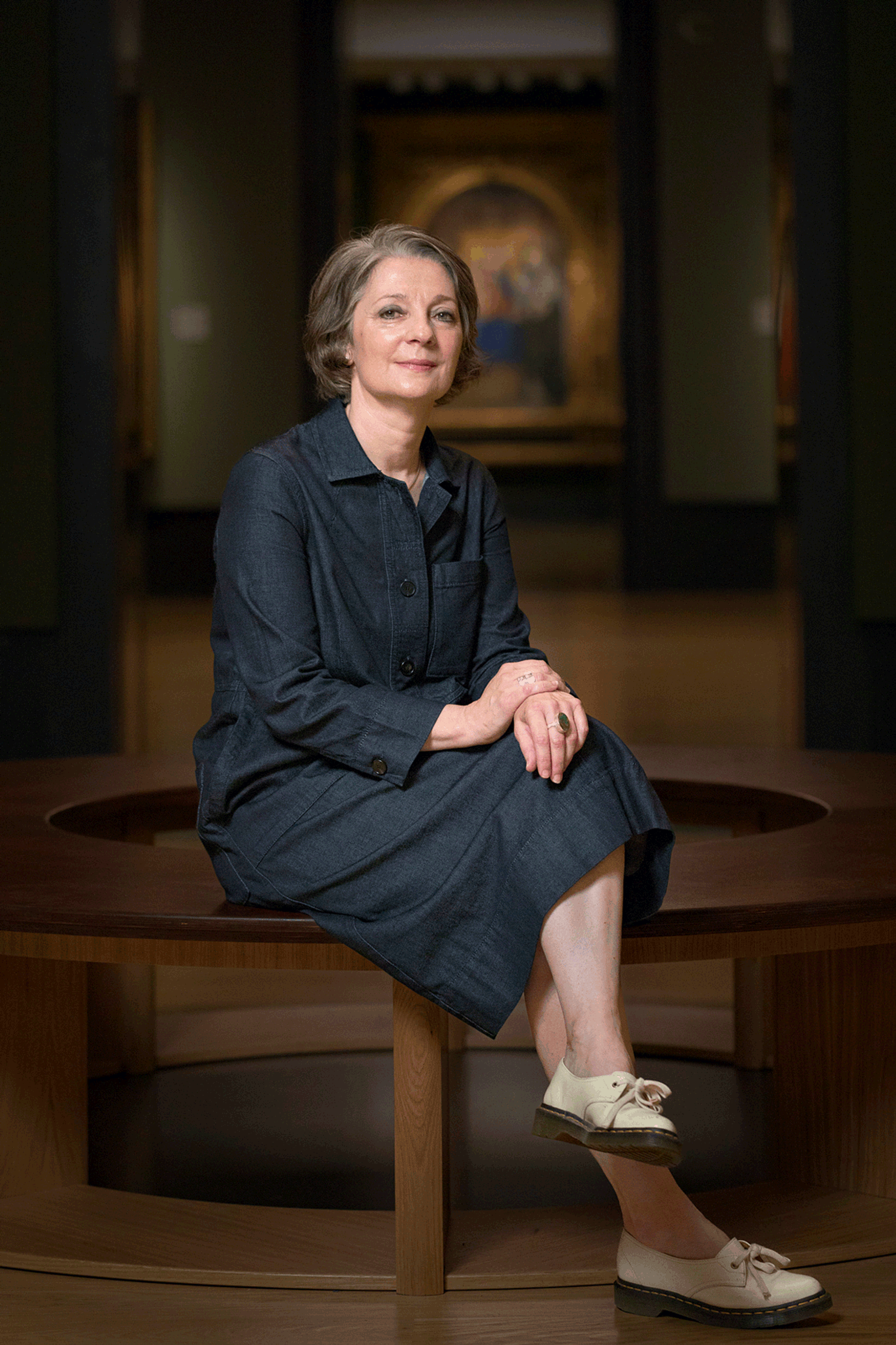
Christine Riding, director of collections and research, National Gallery
Photo: the National Gallery, London
Riding stresses the importance of showing that “artists in the past, the present and indeed the future use the collection to create their own innovative ideas around modernity”, describing it as a “relay race between artists, their inspiration of the past...They’re always finding new things to look at in other artists; that’s an important element of the story we’re trying to tell.”
• The National Gallery rehang is supported by C C Land



